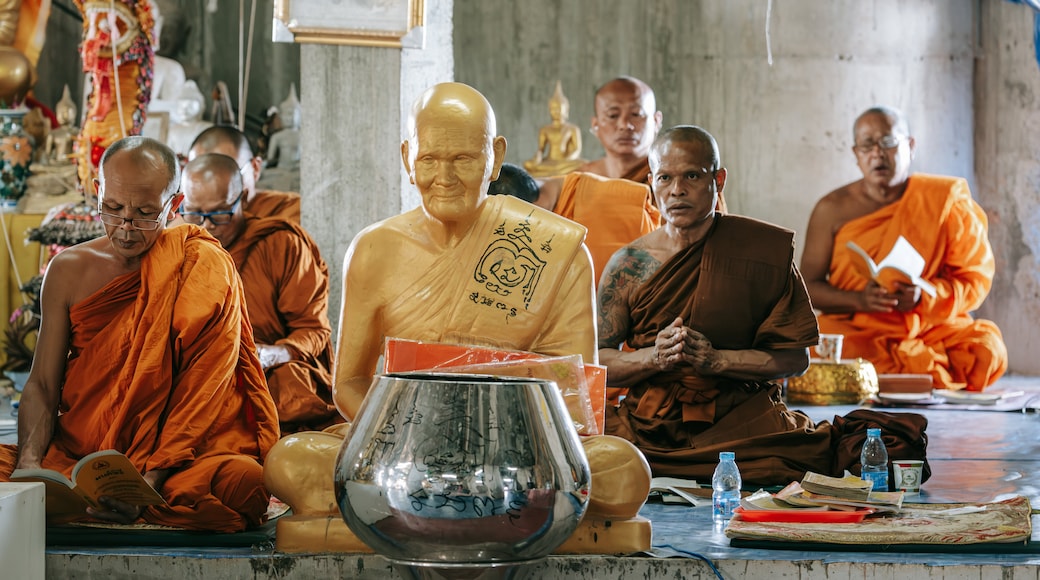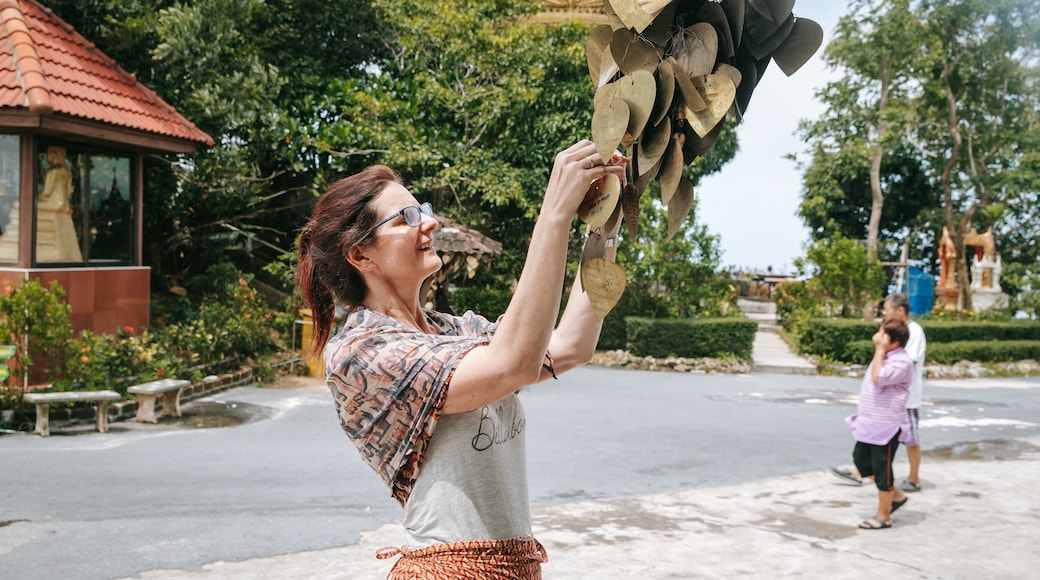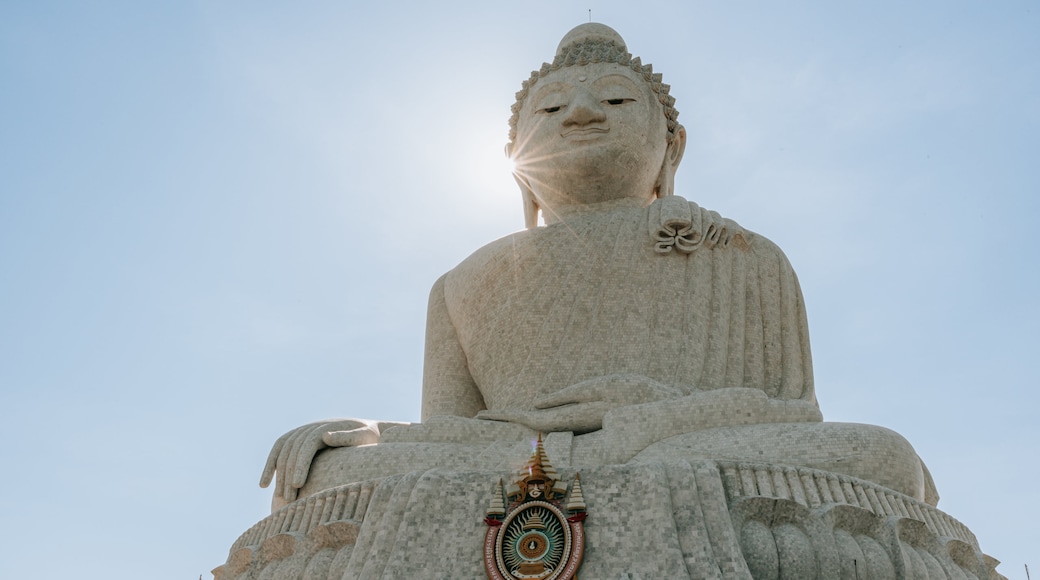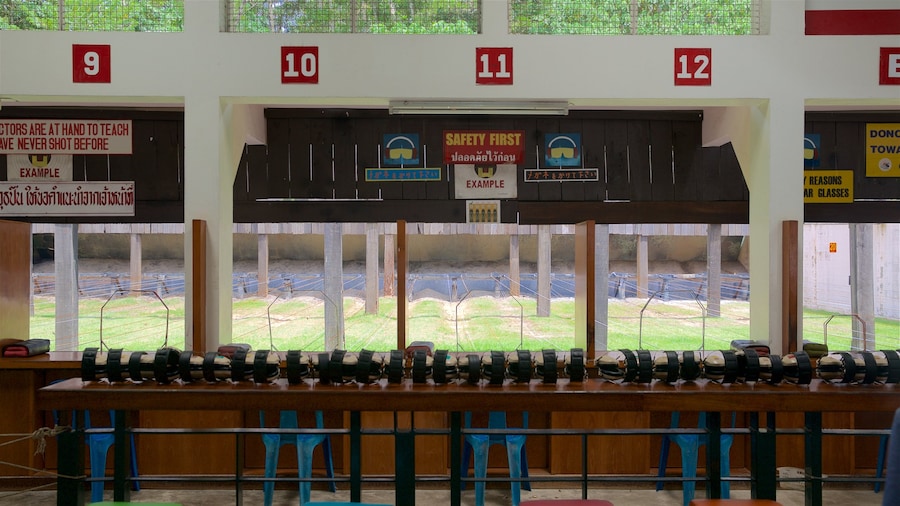For a moment of tranquil reflection, visit the Big Buddha, situated around a 30-minute drive outside of Phuket Town.
The enormous, cross-legged Buddha was funded entirely by donations and is dedicated to the King. It was constructed to offer hope to the survivors of the 2004 tsunami, and to pay respects to those who lost their lives. The Buddha’s 45-metre high and 24-metre wide body is covered in layers of gleaming Burmese marble, inscribed with messages of remembrance, peace and love. There are many opportunities to donate to its upkeep and maintenance at the donation boxes that can be found around the site. Or why not buy a souvenir from the museum, which offers an informative history of the project in addition to gifts and mementoes.
The second Buddha at the site is 12-metres high, made of brass and dedicated to the Queen of Thailand. The two statues complement each other, and have their own distinct qualities, making the trip to the top of the hills a worthwhile experience. People travel to the site to reflect, to worship and for respite. Smiling, orange-robed monks wander around the base of the Buddha, adding to its spiritual ambience.
After marvelling at both of the statues, take a step back from the base and gaze at the 360 degree panoramic views of Phuket. Kata, Karon, Chalong Bay and Phuket Town can all be surveyed from here, with stretches of lush rainforest and stunning beaches truly showcasing the beauty and diversity of Thailand’s scenery. Crowds ascend to the top of the hills every evening to take in the breath-taking views at sunset.
Situated atop the Nakkerd Hills between Chalong and Kata, the Big Buddha is visible from miles around, and many visitors to Phuket use it as a point of reference. There are several tours to the site, or travel there by taxi, tuk tuk or songthaew. More ambitious visitors that choose to make the 5.6-kilometre trek through the rainforest can really take time to savour the stunning views as they slowly reveal themselves.








































































